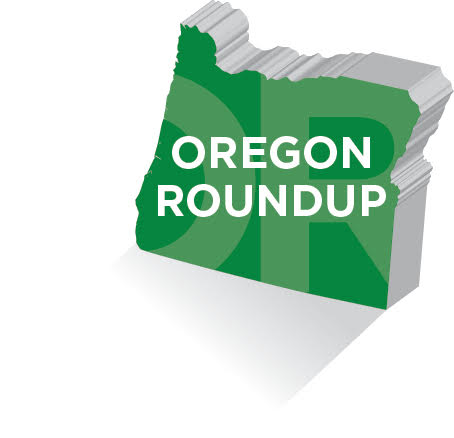The dream of the ’70s is alive in Portland
If I were to ask you to describe the Portland City Council in relation to an historical figure, “Nixonian” probably wouldn’t leap immediately to mind, but it should. In the early 1970s, Nixon instituted price and wage controls throughout the economy in an effort to combat inflation. There was a certain preschool-level logic to the move: if the problem is that people keep charging each other more for goods and services, and paying each other more for their labor, then simply prohibit them from doing that.
As with most ideas birthed from preschooler logic, the effect was, um, bad. As applied to gasoline, the price restrictions caused disinvestment in oil and gas production and resulted in massive shortages. Americans sat in line waiting to fill the tanks of their baby-food-colored land yachts. Inflation actually increased. It turns out there was a reason why gas and other prices were what they were, or rather many many reasons, known only to the millions of people whose individual transactions led to the prices. Tricky Dick stepped in and set an artificial price and a lot of suppliers said, nah, it’s not worth it. So, even consumers who were willing to pay the market rate for gas because they really needed to drive to work, simply couldn’t. There wasn’t anything to buy.
Nearly 50 years later, a Portland City Council presiding over a city that is the epicenter of a statewide increase in coronavirus cases and is nightly the location of costly rioting has decided enough is enough . . . with the fees charged to restaurants by third-party restaurant delivery apps like GrubHub, DoorDash and Uber Eats. Effective immediately (the Council literally deems this an emergency), those fees are capped at 10% of the cost of the restaurant purchase. According to the city, the fees in the heretofore dangerously unfettered market were sometimes as high as 30% of the cost of the meal.
Part of the justification for the ordinance is that minority-owned restaurants often offer lower-priced menu items, presumably with smaller margins, and thus the percentage-based fees impact them more than they do higher-priced eateries.
The apps, in written comment to the Council, raised concerns about the impact of a fee cap on their ability to pay delivery drivers. The city’s response was to include in its ordinance a provision that prohibits the apps from reducing compensation to delivery drivers as a result of the fee cap.
Let’s do something we try to avoid whenever possible here at BBR: math. Let’s say the apps compensate their drivers in the amount of, oh, $5 for a typical delivery in Portland. They typically charge some fee to the customers, perhaps around $2.50. The remaining $2.50, plus the other costs associated with operating the apps, must be covered by the fee charged to the restaurant. That means the total bill needs to be $25.00 to just pay the delivery driver, leaving nothing to operate the rest of the business, let alone allow shareholders to receive a profit on their investment.
Low-cost restaurants of the type the Council is concerned about are less likely to receive orders in that amount. Given that the costs of the apps are relatively fixed, by ordinance now but also presumably by the market cost of delivery labor, their only choice will be to either require a higher minimum total purchase, increase the fees charged to customers ordering from low-price restaurants, or stop delivering food from low-price restaurants in Portland. Any one or combination of these measures would harm both the low-price restaurants by depriving them of orders and customers of those restaurants who pay more for the same food or can’t have it delivered at all.
In the end, price-setting is very likely to do to food delivery services what it did to gas in the ’70s: reduce the supply. It will hurt the most those businesses the Council wants to help, and it will make restaurant delivery to customers of low-price restaurants, who are likely overall to be less-well-off than customers ordering from higher-price restaurants, more costly or entirely unavailable. Other than that, it’s a swell idea.
The dream of the ’70s is alive in Portland
Posted on
